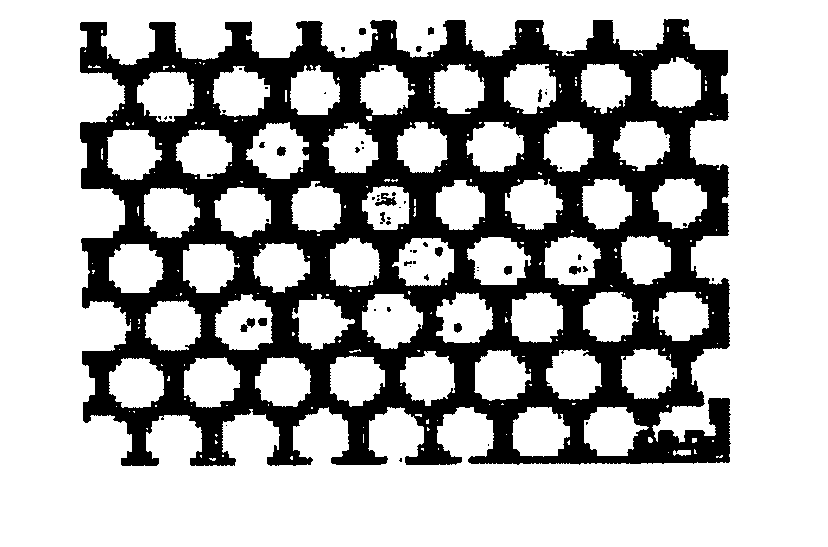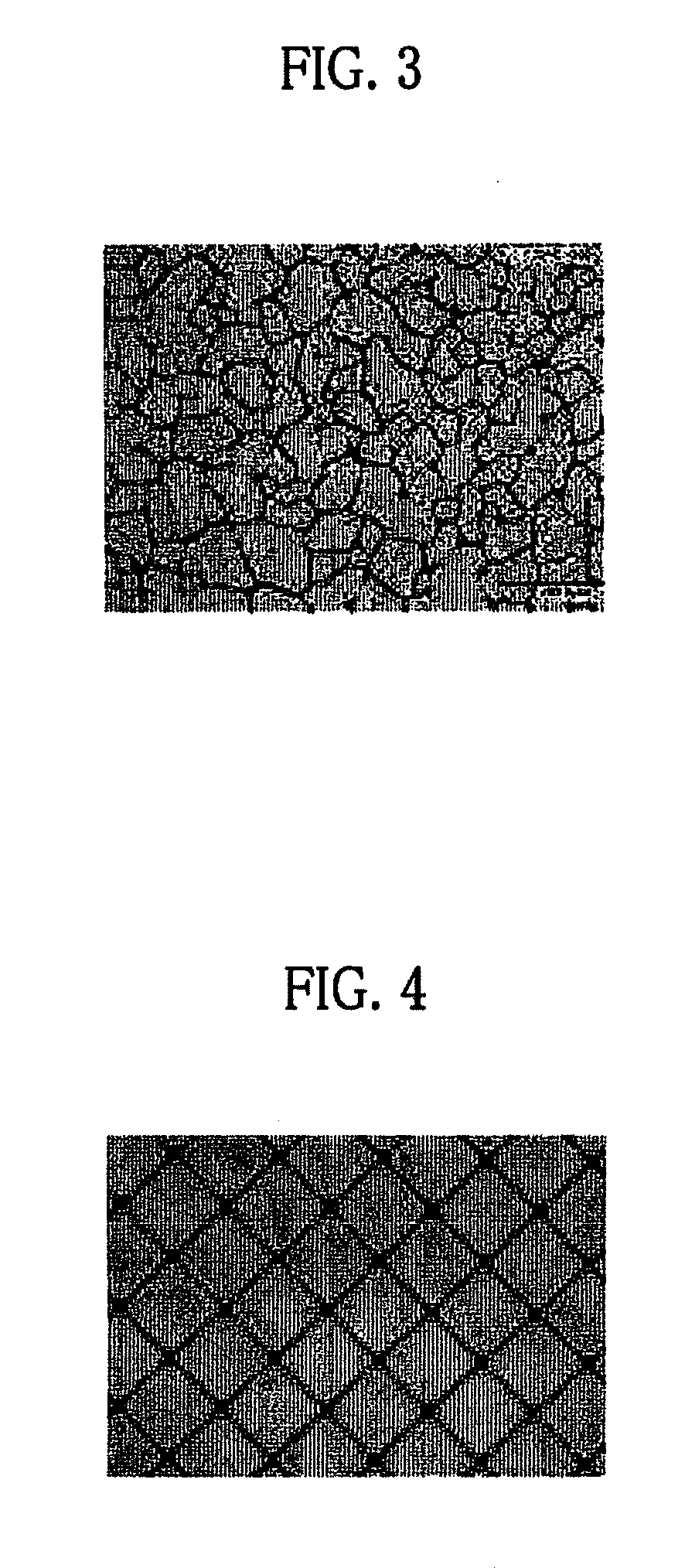Electorically conductive film
- Summary
- Abstract
- Description
- Claims
- Application Information
AI Technical Summary
Benefits of technology
Problems solved by technology
Method used
Image
Examples
examples
[0106]First, the various materials used in the present working examples are as follows.
[0107](Thermosetting Resin)[0108]Polyrotaxane (“A1000” manufactured by Advanced Softmaterials, Inc., containing PEG as the axial molecule, alpha-cyclodextrin as the cyclic molecule, and OH groups as reactive groups)[0109]Epoxy resin (“JER1003” manufactured by Mitsubishi Chemical Corp., 7 to 8 methyl groups, 2 functional groups, molecular weight 1300)[0110]Epoxy resin (“EXA-4816” manufactured by DIC Corporation, molecular weight 824, many methyl groups, 2 functional groups)[0111]Epoxy resin “YP50” manufactured by Nippon Steel & Sumikin Chemical Co., Ltd., molecular weight 60,000 to 80,000, many methyl groups, 2 functional groups)[0112]Ethylene oxide adduct type hydroxyphenylfluorene type epoxy resin (“EG-280” manufactured by Osaka Gas Chemicals Co., Ltd.)[0113]Propylene oxide adduct type bisphenol A type epoxy resin (“EP4003S” manufactured by Adeka Corporation)
[0114](Curing Agents)[0115]Polyfunctio...
examples 1 to 9
and Comparative Examples 1 to 3, 5, 7, 9 and 11
[0124]Mesh-like pattern resist layers were formed by laminating a dry film resist on the resin substrates or films shown in Tables 2 and 3, exposing the resist to light using a mask having a dotted mesh-like pattern, a zigzag mesh-like pattern or a random mesh-like pattern, and then developing. Resin films having mesh-like patterned metal layers were then obtained by vapor depositing the resin films having mesh-like patterned resist layers by a magnetron sputtering method so that the film thickness was 10 nm in the case of gold (Au), 10 nm in the case of silver (Ag) and 100 nm in the case of ITO, and then detaching the resist by means of an aqueous solution of caustic soda.
[0125]The metal coverage rate (metal covered area) of the dotted mesh-like pattern was 50% (opening ratio: 50%) and the minimum line width was 30 micrometer (see FIG. 1), the metal coverage rate of the zigzag mesh-like pattern was 30% (opening ratio: 70%) and the mini...
example 10
[0126]A mesh-like pattern resist layer was formed by laminating a dry film resist on a PET film, exposing the resist to light using a mask having a random mesh-like pattern, and then developing. A PET film having a mesh-like patterned metal layer was then obtained by vapor depositing the PET film having a mesh-like patterned resist layer by a magnetron sputtering method so that the Ag film thickness was 10 nm, and then detaching the resist by means of an aqueous solution of caustic soda. The PET film having a mesh-like patterned metal layer was immersed in an aqueous solution of an electrodeposition resist (Elecoat PI, manufactured by Shimizu Co., Ltd.), thereby electrodepositing a resist resin on the metal layer. A resin film having a thickness of 50 micrometer was obtained on the PET film having an electrodeposited mesh-like patterned metal layer by coating the resin composition for the resin substrate 5 on the surface of the PET film having an electrodedeposited mesh-like pattern...
PUM
| Property | Measurement | Unit |
|---|---|---|
| Temperature | aaaaa | aaaaa |
| Fraction | aaaaa | aaaaa |
| Fraction | aaaaa | aaaaa |
Abstract
Description
Claims
Application Information
 Login to View More
Login to View More - R&D
- Intellectual Property
- Life Sciences
- Materials
- Tech Scout
- Unparalleled Data Quality
- Higher Quality Content
- 60% Fewer Hallucinations
Browse by: Latest US Patents, China's latest patents, Technical Efficacy Thesaurus, Application Domain, Technology Topic, Popular Technical Reports.
© 2025 PatSnap. All rights reserved.Legal|Privacy policy|Modern Slavery Act Transparency Statement|Sitemap|About US| Contact US: help@patsnap.com



